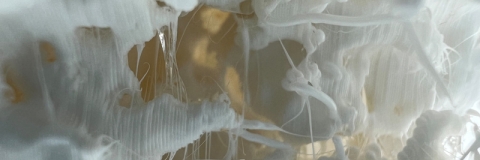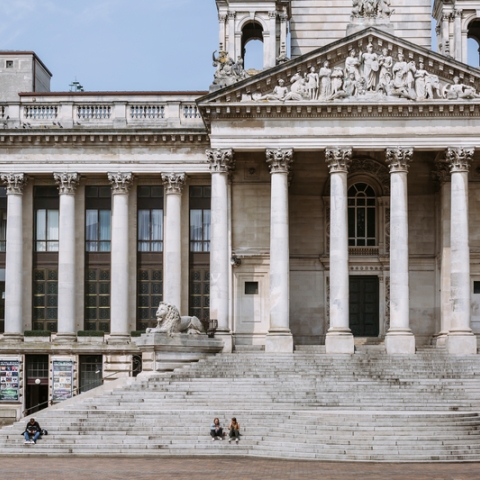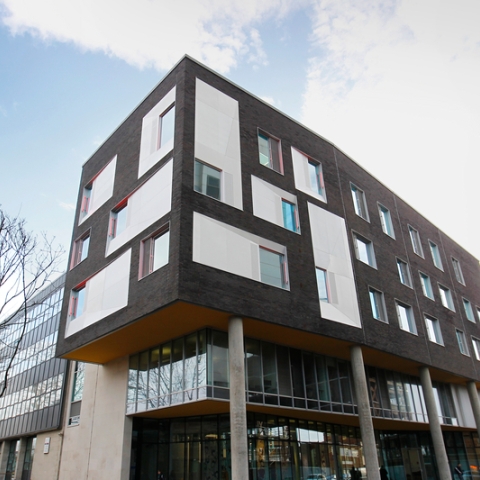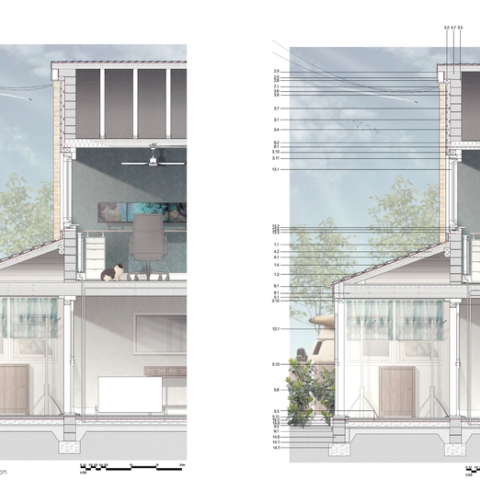

Computational culture and technologies in architecture and urban design research
Researching the integration of computational tools and technologies in architecture and urban design
In our research, we harness computational and digital culture. Whether it's urban planning or architecture, computational processes have enabled us to move beyond deterministic models to self-regulatory systems that can react to unexpected outcomes.
We also integrate AI tools into our research while prioritising human agency in design. Our aim is to employ computational tools to introduce complexity into the design process. Architects should be equipped to work with environmentally sustainable materials, and managing energy, water, and waste is a top priority. Given that cities are the primary contributors to CO2 emissions, understanding intricate environmental phenomena and their interconnections is paramount in contemporary design.
Through our research, we utilise computational technology to explore concepts like intelligence, smartness, and responsiveness. We investigate the interactions between human and artificial agencies within the realm of design, seeking to comprehend the significance of these interactions in the design process.
We also explore the most effective tools for communities experiencing unprecedented changes, heavily influenced by technology, including computers and smartphones.
Our research also collaborates with CCI-XR to explore how concepts and procedures, related to virtual and extended reality, could contribute to design disciplines. We're also examining whether the current building market is responsive to the evolving paradigms of architecture. Where it falls short, we investigate whether our current teaching methods prepare students to drive these changes rather than reacting to these dynamics.
We use digital and computational tools to focus on:
- Responsive Architecture
- Advanced Digital Technologies and their integration in Architecture
- Computational and Parametric Modeling
- BIM (Building Information Modeling)
- Intersections between Digital and Analogue Realms
Methods and facilities
We explore the processes of negotiation between the digital and analogue dimensions of design, valuing both approaches. A significant portion of our research takes advantage of the University's facilities, including the Eldon Production Centre (EPC), the School of Creative Technologies, and the School of Architecture's Media Hub.
The Media Hub serves as a cutting-edge technology and media laboratory integrated with architectural design. It shows students disruptive technologies and illustrates their significance within an architectural studio.
Recent publications
-
Living (Together) with ‘Them’
Di Raimo, A. (Author), Malbon, A. (Author), Neng Peh, K. (Author), and Shean Lee, C. (Author). (2021) "Living (Together) with ‘Them’", Exhibition, Giardini della Biennale.
Discover our areas of expertise
Computational culture and technologies in architecture and urban design is one of our 7 areas of research expertise in Architecture, Interiors and Urbanism – explore the others below.
Historic environments, heritage and conservation
We're looking at how architecture, community and creative technologies can play a role in enhancing historic environments.

Interior architecture and interior design
We're investigating how architects and designers might rethink the way they approach interior spaces, by exploring how buildings are used by people.

Architecture and Urban Design: Histories and Theories
We're researching narratives of place and the construction of new historiographical and theoretical discourses in architecture, interiors, landscape, and urbanism.

Architecture Technologies and Devices
Through our research, we're re-thinking the way we build cities, to better react to environmental issues and challenges, such as climate change.

Architecture and Interior Design Studios Pedagogies
We're researching issues related to teaching and learning within creative and design disciplines, focusing on pedagogy, curriculum, student engagement, and learning theories.

Interested in a PhD in Architecture, Interiors and Urbanism?
Browse our postgraduate research degrees – including PhDs and MPhils – at our Computational Culture and Technologies in Architecture and Urban Design postgraduate research degrees page.

